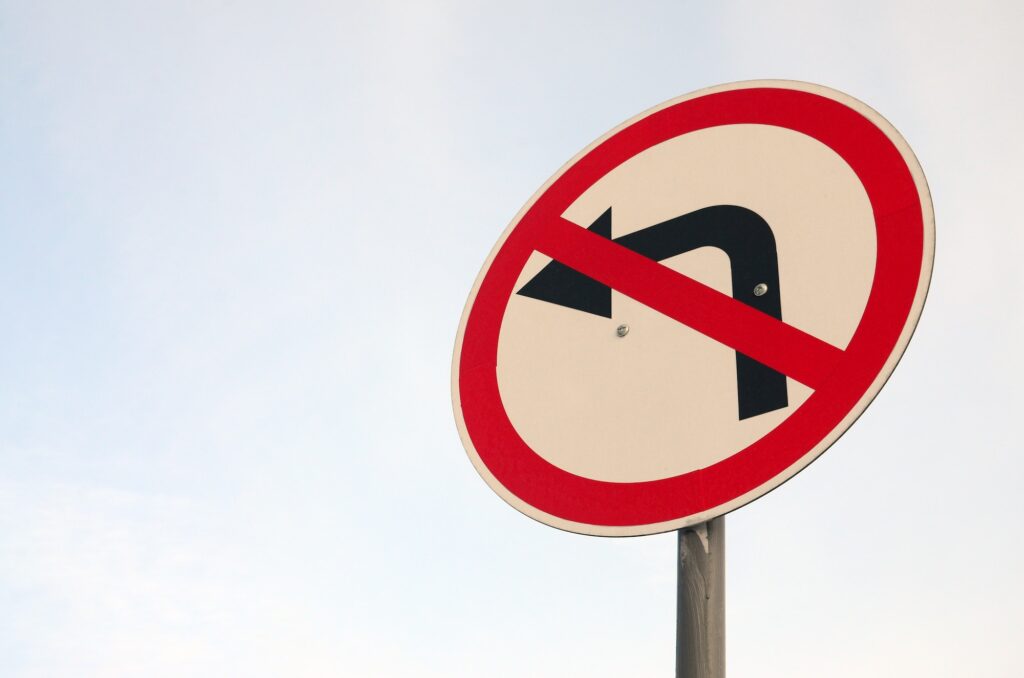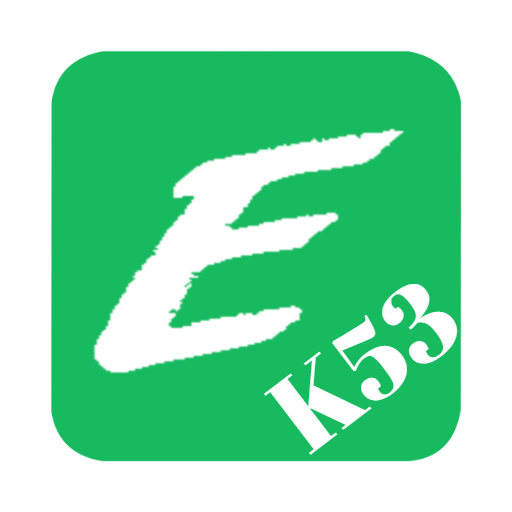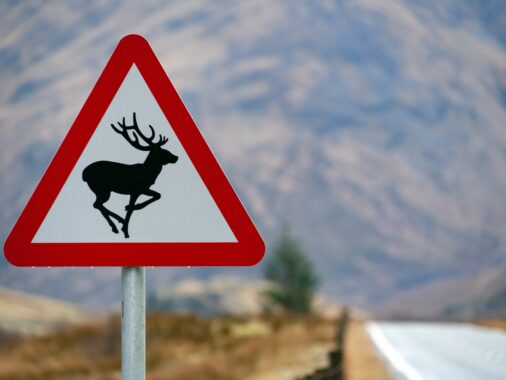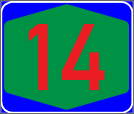Table of Contents
Your Guide To Understanding K53 Regulatory Signs
Navigating the K53 Regulatory Signs
Every day, drivers encounter a variety of K53 Regulatory Signs that dictate their actions and ensure the smooth flow of traffic. These signs play a vital role in controlling traffic and maintaining road safety. Understanding the different types of K53 Regulatory Signs and their meanings is essential for responsible driving. In this comprehensive guide, we will explore the various categories of K53 Regulatory Signs, their purposes, and the consequences of disregarding them. By mastering this knowledge, you will navigate the roads with confidence and avoid potential fines or accidents.
1. K53 Control Signs: Guiding Traffic Flow
K53 Control signs provide instructions on where to stop, where to yield, the permitted direction of travel, and specific rules that apply. Here’s what you need to know:
- Permanent K53 control signs: These signs are red and white, often with a black symbol, and come in different shapes.
- Examples include stop signs, yield signs, one-way signs, and signs indicating special regulations.

2. K53 Command Signs: Issuing Instructions
K53 Command signs provide clear instructions to drivers. They can be further classified into two types:
- Action-specific K53 command signs: These signs specify actions that all drivers must take, such as mandatory turns or lane usage.
- Class-specific K53 command signs: These signs designate sections of the roadway for specific classes of vehicles, denoted by symbols.
3. K53 Prohibition Signs: Restricting Actions or Vehicle Classes
K53 Prohibition signs indicate actions or classes of vehicles that are prohibited on certain sections of the roadway. Here’s what you should know:
- K53 Prohibition signs feature a white disc shape with a red border.
- Temporary versions of these signs have a yellow disc.
- The symbol on the sign indicates the prohibited action or the class of vehicles not allowed.

4. K53 Reservation Signs: Reserving Lanes or Parking Areas
K53 Reservation signs reserve specific lanes, roadways, or parking areas for the exclusive use of certain vehicle classes. Key points to remember:
- Rectangular blue and white signs indicate reserved areas.
- The road user symbol represents the class of vehicles allowed.
- Temporary reservation signs have a yellow and black color scheme.
5. Limit Prohibition Signs: Setting Specific Limits
Limit prohibition signs specify maximum limits for speed, height, length, or mass allowed on a particular road or section. Consider the following:
- These signs resemble prohibition signs but lack the diagonal red line.
- They indicate restrictions and access limitations for certain vehicles.
- Temporary limit prohibition signs have a yellow disc with a red border.
6. Comprehensive Signs: Emphasizing Comprehensive Rules
Comprehensive signs indicate the presence of a comprehensive set of regulations that must be adhered to on the roadway ahead. These signs ensure compliance with specific rules and requirements.
7. De-restriction Signs: Cancelling Restrictions
De-restriction signs, featuring a red cross over a road sign, signify the cancellation of restrictions or regulations previously in place. They inform drivers that the previous command or restriction no longer applies.
8. Selective Restriction K53 Regulatory Signs: Applying Rules Selectively
These signs work in conjunction with other K53 Regulatory Signs to indicate selective application of regulations. They can denote specific timeframes, directions, vehicle classes, or conditions for which the regulatory sign applies.

Mastering K53 Regulatory Signs for Safe and Lawful Driving
Understanding K53 Regulatory Signs is crucial for maintaining order, safety, and compliance on the road. By familiarizing yourself with the different categories of K53 Regulatory Signs and their meanings, you equip yourself with the knowledge necessary to drive responsibly. Remember, disregarding K53 Regulatory Signs can lead to fines and potentially hazardous situations. So, make it a priority to decode and adhere to these signs, ensuring a smooth and secure journey for yourself and fellow road users.
Free K53 Study Materials
Expert K53 Tips and Strategies for Acing the K53 Test – Absolutely Free!
Join Our K53 Community – Supportive and Free!
Learn K53 for Free – Master the Rules of the Road!
Comprehensive K53 Study Materials for the K53 Test – All Free!
Understanding the Scoring Method in the K53 Driving Licence TestMastering K53 Time Limits: A Key to Success in the K53 Driving Licence Test
Download our K53 Learners Licence App on Google Play Store by clicking here.
Do you know that most of the jobs require you to have a Drivers licence? This is a free learners licence website to help you study and pass your K53 learners’ licence test! Click here to start now or you can download our K53 Learners Licence App on Google Play Store by clicking here.
Note: Stay tuned for the next sections of this blog post, where we will delve deeper into each category of Regulatory Signs, providing insightful analysis, practical tips, and study questions to enhance your understanding.

K53 Route Markers – Pass Your Learners Licence in South Africa
K53 Guidance Signs: Pass Your Learners Licence in South Africa
K53 Location signs: Pass Your Learners Licence in South Africa
K53 Local Direction Signs: Pass Your Learners Licence in South Africa
K53 Diagrammatic Signs: Pass Your Learners Licence in South Africa





